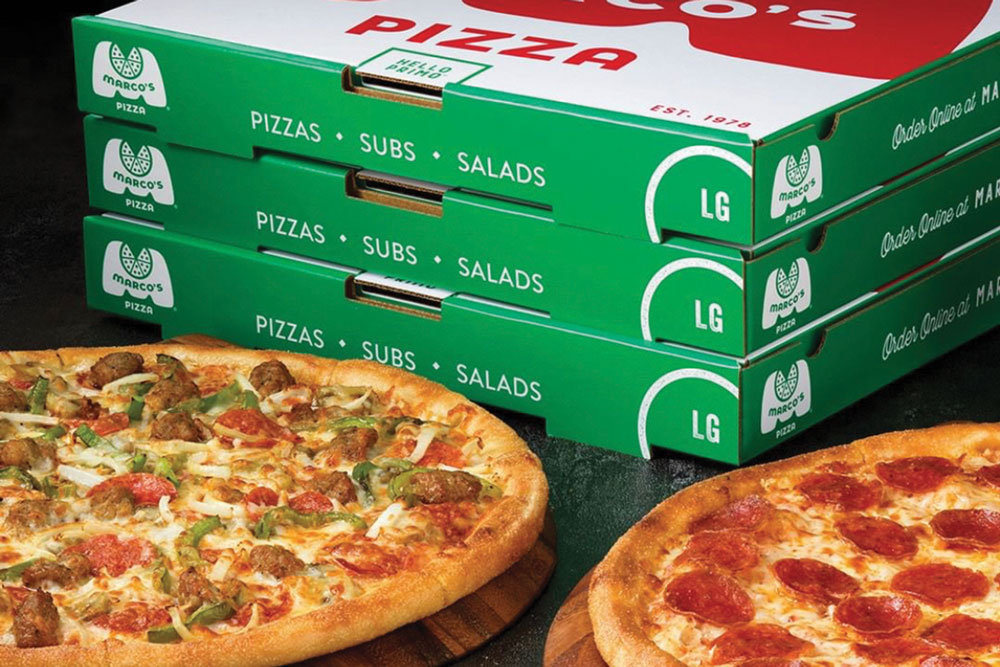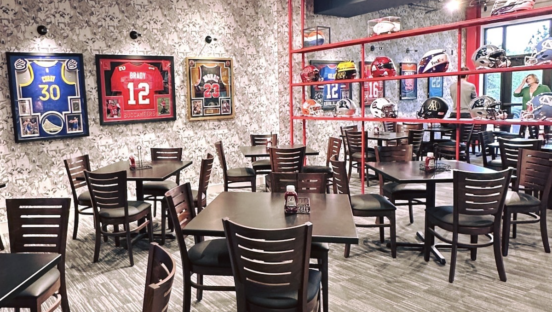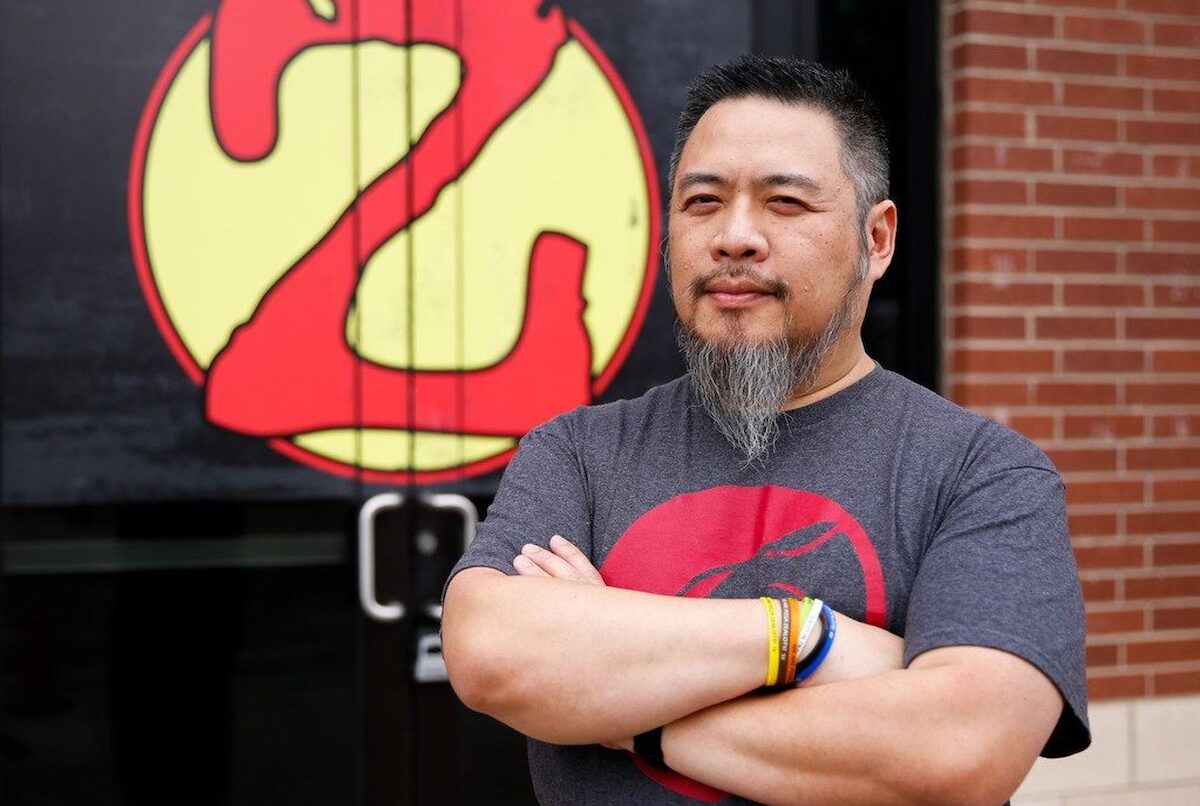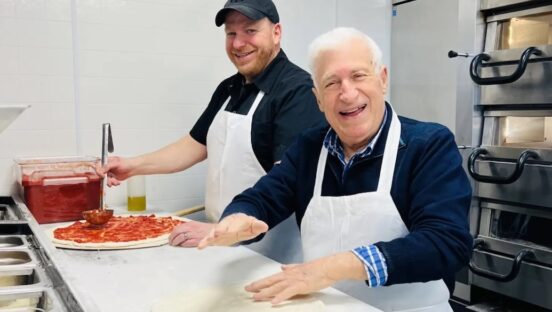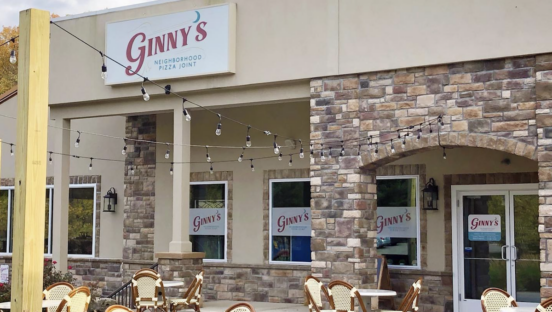Featured in the Pizza Power Report 2024:
-
- Pizza Power Report 2024: Are We Living in a Golden Age of Pizza?
- How the Leading Chains Are Using AI to Sell More Pizza
- Old-School Operators Make Peace with Robots
- Watch Your Back, Papa Johns! Top Pizza Chains Clash for Supremacy
- Loyalty Programs: Why Points-for-Pizza Is Not Good Enough
- Why Gas Station Pizza Is Your Next Big Competitor
- Culture Is Key to Attracting High-Performing Young Workers
- The 25 Most Critically Acclaimed Pizzerias in the U.S.
- The 25 Most Popular Pizzerias in the U.S.
- Ranking the Top 10 U.S. Pizza Brands by Units and Sales
- Which Pizza Chains Are Dominating the Internet?
- Which Independent Pizzerias Are Dominating the Internet?
Click here to download the full 2024 Pizza Power Report.
By Rick Hynum
All in all, 2023 has been a mixed year for the industry’s leading quick-service pizza brands. For one thing, while Domino’s hasn’t surrendered its spot as the world’s largest pizza chain—not by a long shot—its executive leadership had to make some tough decisions to stay on top this year.
Most notably, Domino’s finally yielded to the seemingly inevitable: third-party delivery. For years, the company had shunned aggregators even as its rivals embraced them. That changed this summer when Domino’s entered into a global agreement with Uber Eats that included stores in four pilot markets in the U.S. “Now that aggregators are at scale, the next logical marketplace for us to enter is order aggregation,” Domino’s CEO Russell Weiner said in a July 12 announcement.
Since then, Weiner told investors in an October earnings call, “Our integration into the Uber Eats platform is proceeding as planned. We’ll achieve our goal of Uber Eats providing delivery orders to all our U.S. stores by the end of the year. We expect this initiative will drive incremental delivery volume from new customers, increase our share of the pizza delivery market and create stronger economics for our company and franchisees.”
Competitors like Papa John’s and Little Caesars obviously felt the aggregators had reached scale in 2022 or earlier, but never mind that. The fact is, Domino’s has been struggling to hire drivers since the pandemic. In 2021, then-CEO Ritch Allison said the company had been “experiencing one of the most difficult staffing environments in a long time,” adding, “The real pinch point is the drivers.” But the company might have found at least a partial solution to that problem this year: Since many potential drivers don’t have their own cars, the chain plans to put more than 1,100 Chevy Bolt electric vehicles on the road for select franchise and corporate stores by the end of 2023.
The combination of more in-house drivers and third-party delivery could ease Domino’s same-store sales woes—Weiner thinks so, anyway. Although the brand logged an impressive 3.6% growth in U.S. same-store sales in the first quarter of 2023 compared to Q1 2022, the second quarter saw growth of just 0.1%, followed by a decline of 0.6% in the third quarter. To boost sales again, the chain unveiled a “new and improved” Domino’s Rewards program that makes it easier for customers to earn free food. Then, in a headline-generating move in October, Domino’s promised free “emergency pizza” to customers who joined the loyalty program and placed a digital carryout order of at least $7.99. They followed up that same month with a promise of free “emergency pizza” for anyone with student loans to pay off.
Papa Johns, the No. 4 pizza chain, prefers menu updates to pizza giveaways; the company hailed its Cool Ranch Doritos Papadia, launched in May with a star-studded marketing campaign, as its “biggest innovation ever.” And in March, the brand announced it was expanding its use of OptiPrice, a pricing gap analytics platform, “to ensure that our products remain price-competitive and that our customers are receiving great value from each of our restaurants.”
But Papa Johns had better watch its back: Marco’s Pizza has made no secret of its goal to claim that No. 4 spot, and it could turn into a dogfight. Already this year, Marco’s has opened more than 50 stores and announced the signing of 50-plus franchise agreements. Over the last six years, the brand has doubled its store footprint and shows no signs of slowing down.
In late October, Gerardo Flores, Marco’s chief development officer, said the company has identified more than 4,200 locations where it could open new stores over the next five to 10 years. “We have a five-year development plan in place that we’re trying to hit,” Flores told Restaurant Dive. “We are going to hit our 1,200th location this year. We are on track to do 150 stores next year and then increase it thereafter, year after year. The goal is, over the next couple of years, to get to 300 store openings per year.”
On the fast-casual side, Blaze Pizza won’t pose a threat to Papa Johns or Marco’s anytime soon. But the brand did score a huge coup with a Pi Day promotion on March 14, adding 500,000 new members to its Blaze Rewards program and raising total membership to an astonishing 3.5 million. Not bad for a chain with about 330 stores in 38 states and six countries.
How did they do it? On March 1, Blaze announced the return of its $3.14 deal for Pi Day. Customers who downloaded the Blaze Pizza app were automatically enrolled as Blaze Rewards members, which qualified them to purchase any 11” pizza with unlimited toppings for $3.14 on March 14 only. That pizza usually sells for $11.25. Customers were required to visit a Blaze location to take advantage of the offer. Thanks to that move, the Blaze Pizza app was the fourth most downloaded app on March 14, even edging out TikTok.
Like Domino’s, Seattle-based MOD Pizza also jazzed up its loyalty program, MOD Rewards, to allow members to earn rewards faster. With more than 540 stores in 29 states and Canada, MOD says it’s now the largest fast-casual pizza concept. It’s certainly one of the most socially conscious. In April 2023, the brand announced it was partnering with nonprofits across the country to create the MOD Opportunity Network (MOD O.N.), dedicated to hiring and supporting people with barriers to employment, specifically justice-involved individuals and those with intellectual and developmental disabilities.
Back in 2021, Scott Svenson told PMQ that he and his wife, Ally, founded MOD Pizza as “a crazy social experiment,” aiming to “combine the best of a for-profit business with the heart of a nonprofit, whereby the more successful we were, the better and bigger social impact we would make.” So far, so good.
Are Handhelds Getting Hotter?
After offering individually sized, handheld Pocket Pies as an LTO from mid-March through early June, MOD Pizza added them to the menu permanently in September, thanks to “overwhelming demand.” Customers can choose between the Italiano, Four-Cheese and the Chicken Bacon Ranch. In October, Marco’s Pizza rolled out its own handheld, the Pizzoli. It’s a combination of pizza and stromboli and is available in four varieties: Pepperoni, Buffalo Chicken, Pepperoni & Sausage, and Chicken Bacon Ranch. Papa Johns scored a handheld hit with its Papadias flatbread sandwiches back in February 2020. It’s starting to seem like portable is preferable when possible!

